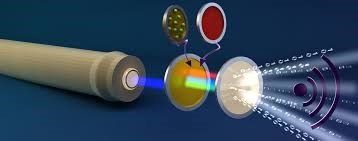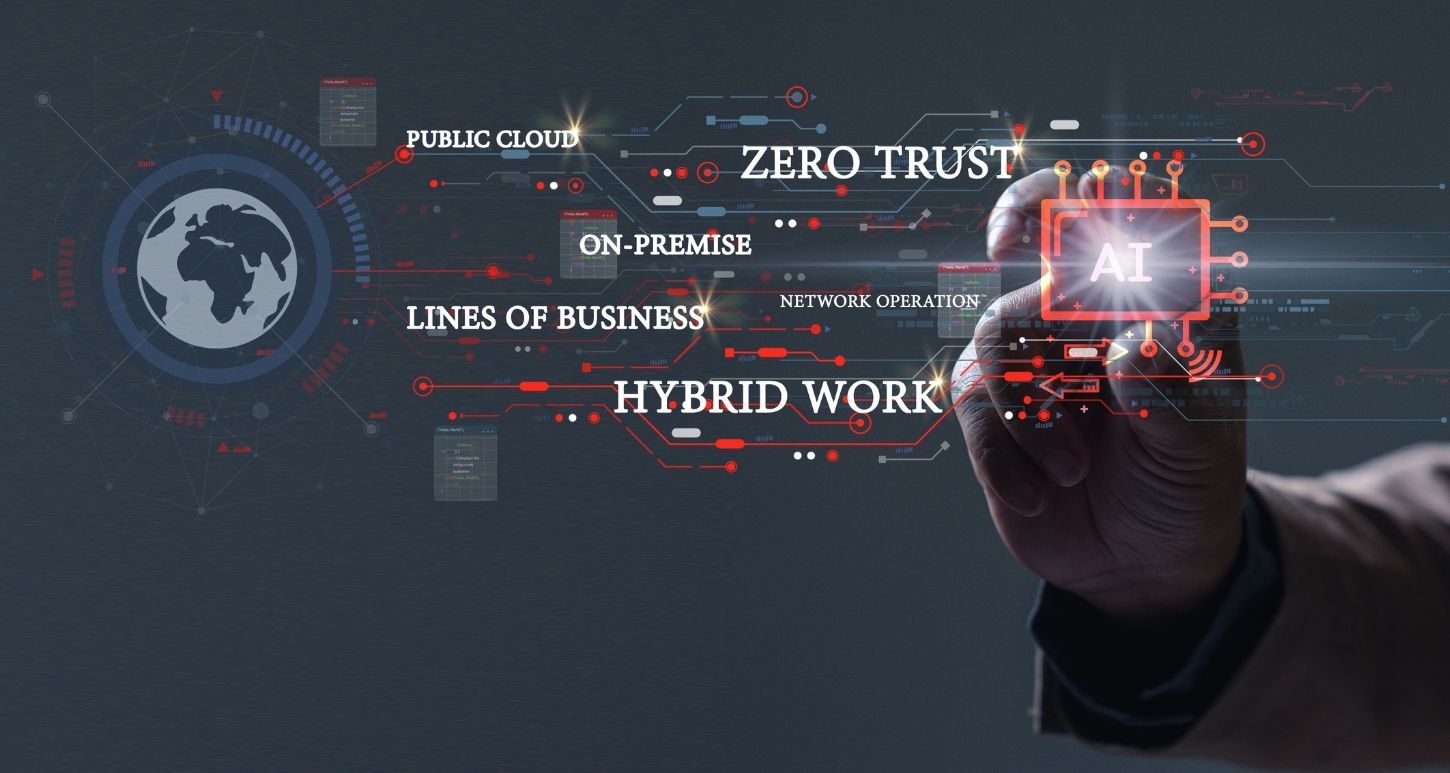What do you use dozens, perhaps hundreds, of times a day without taking notice? Nope, it’s not your smart phone, TV or refrigerator…the light bulb. Yes, the light bulb, that ignored, often cursed (when the filament disintegrates at the most inopportune time) staple of every day life. Can we comprehend life without it? Imagine reaching for the kerosene canister upon entering your home at night, or patting down nearby surfaces for a match to light the lamp. No, thanks. But soon that taken-for-granted glass bulb could be providing more than simply a means to light your path. It will become an integral part of your connection to the outside world.
Li-Fi, short for Light Fidelity, is a Visible Light Communications (VLC) system that utilizes the very light you use to illuminate the pages of your favorite novel to transmit wireless data. Say what? Yes, the data is embedded in the light beam. Li-Fi enabled devices convert those beams into electrical signals, which, in turn, gets converted back to data. The term Li-Fi was coined by German physicist Harald Haas in 2011, when he envisioned the idea of using light bulbs as, essentially, wireless routers. [Click here to watch Haas’ 2011 TED Talk on the subject]
How it works
Li-Fi bulbs contain a chip that modulates visible light between 400 THz and 800 THz for optical data transmission. Photoreceptors receive the data. The beam of light flickers and dims imperceptibly to the human eye, all while being converted into electrical signals by the receiver. That signal is converted back to binary data . Researchers claim Li-Fi can transmit data up to 100 times faster than that of current, radio wave-based Wi-Fi networks. Just think, while the bulb is lighting the pages of your latest Sports Illustrated, it can also be downloading several feature length films (HD, no less) in a few seconds. It’s a cheaper, optical version of Wi-Fi.
Unlike Wi-Fi, Li-Fi doesn’t interfere with radio signals transmitted by, for instance, nearby access points, such as routers. And they claim Li-Fi is more secure than Wi-Fi because, well, it’s easier to block out light. That’s right, pulling down the curtains will quash connectivity. Try blocking radio signals with venetian blinds.
Yes, there are some limitations
Li-Fi coverage is limited to ten (10) meters; Wi-Fi, conversely, will travel over three times (3x) that distance. And Li-Fi won’t work while you’re sunning by the pool. It’s limited to indoor use, although researchers claim it can work outdoors, but only if it’s a gray, dismal day. But, seriously, how much fun is that? And, yes, if the light is obscured, connectivity is lost. It won’t work through walls, blinds or curtains. If the light can’t get to the Li-Fi receiver, data transmission comes to a grinding halt.
What could Li-Fi mean to IoT?
The mere thought of Li-Fi can flood the mind with ideas and possibilities about how it could be used. But those same minds are faced with its limitations. So, more than likely, it will serve, when it’s more widely available, as an adjunct to Wi-Fi. But, again, those speeds! Currently, lighting titan Phillips offers full and integrated Li-Fi products and services. And if Phillips has invested in it, can widespread use be far behind?
With more and more IoT devices being introduced daily, the need for faster, more ubiquitous connectivity will reign supreme. And it appears Li-Fi might fit the light bill.
Get more IoT and Smart City info from the experts
For more information about IoT and Smart City solutions, talk to the experts at GDT. Their tenured, talented solutions architects, engineers and security analysts understand how to design and deploy IoT and Smart City solutions for organizations of all sizes to help them realize more productivity, enhanced operations and greater revenue. GDT helps organizations transform their legacy environments into highly productive digital infrastructures and architectures. You can reach them at IoT@gdt.com They’d love to hear from you.
You can read more about Smart Cities and IoT Solutions below:
Why Smart Cities? It’s in the numbers
Five (5) things to consider prior to your company’s IoT journey
Without Application Performance Monitoring, your IoT goals may be MIA
GDT is leading the Smart Cities Revolution




